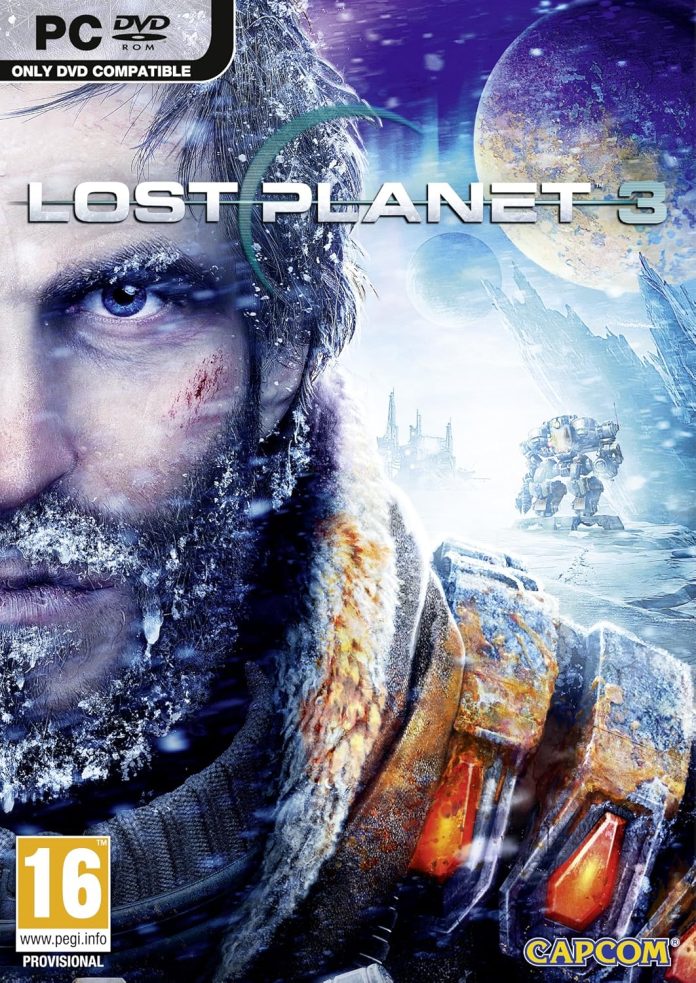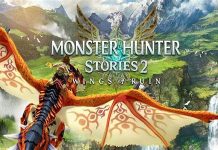The Lost Planet game series has carved out a niche in the gaming world since its first release in 2006. As someone who has journeyed through the icy landscapes of E.D.N. III and battled the fierce Akrid creatures, I find it essential to take a closer look at this franchise. This review will cover the key aspects of each title in the series, its gameplay mechanics, story arcs, and overall impact on the gaming community.
The Origins: Lost Planet: Extreme Condition
The series kicked off with Lost Planet: Extreme Condition, a title that introduced players to the unforgiving world of E.D.N. III. The game was a unique combination of third-person shooting mechanics and environmental challenges, with players battling against the freezing temperatures while fending off alien creatures known as Akrid.
Gameplay Mechanics
In my experience, the gameplay in Extreme Condition was exhilarating. The use of Vital Suits (VS) added an exciting layer, allowing players to pilot powerful machines to combat both the Akrid and other human foes. The controls felt intuitive, and the combat was fluid, making it easy to engage in intense firefights. However, the game did have its share of challenges. The harsh environmental conditions were not just a backdrop but a core mechanic, requiring players to manage their energy levels carefully.
Storyline
The narrative followed Wayne Holden, a man seeking revenge for his father’s death. His journey through the icy terrain was filled with twists and turns, leading to encounters with various factions, including the Snow Pirates and the T-Eng (thermal energy) hunters. While the story had its moments, I felt it sometimes took a backseat to the action, making it less memorable than it could have been.
Reception and Impact
Upon its release, Extreme Condition received generally positive reviews, praised for its graphics and gameplay mechanics, while some criticized its story. As a pioneer in the genre, it laid the groundwork for subsequent titles in the series. The multiplayer mode also garnered attention, allowing players to enjoy cooperative and competitive gameplay.
Lost Planet 2: Evolution and Expansion
Following the success of the first game, Lost Planet 2 was released in 2010, expanding upon its predecessor’s mechanics and story. This sequel took a bolder approach, introducing new gameplay elements and a more extensive narrative.
Enhanced Gameplay
One of the standout features of Lost Planet 2 is its cooperative gameplay. I remember teaming up with friends to tackle various missions, and the experience was incredibly rewarding. The introduction of customizable Vital Suits and a more fluid combat system made the gameplay more dynamic.
Narrative Structure
Lost Planet 2 presented a more fragmented narrative, with different chapters focusing on various characters. I found this approach both intriguing and disorienting at times. Each chapter had its unique setting and protagonist, making it feel like multiple stories were unfolding simultaneously. While ambitious, it sometimes left me wanting more depth in character development.
Reception and Legacy
Critically, Lost Planet 2 received mixed reviews. Some players appreciated the expanded multiplayer features and improved mechanics, while others felt the story was convoluted. Despite the divided opinions, it solidified the franchise’s place in the gaming industry and attracted a dedicated fan base.
Lost Planet 3: A Different Direction
In 2013, Lost Planet 3 took a significant departure from its predecessors, focusing more on narrative and character development than action. This installment was developed by Spark Unlimited and aimed to provide a more immersive experience.
Story and Characterization
Lost Planet 3 shifted its focus to Jim Peyton, a worker sent to E.D.N. III to harvest energy. This title was more story-driven, allowing players to explore Jim’s struggles and motivations. I appreciated the character-focused approach, which added emotional depth to the gameplay.
Gameplay Changes
The gameplay mechanics changed significantly in Lost Planet 3, incorporating more exploration and resource management. The Vital Suits were less prominent, replaced by a more grounded experience that emphasized survival. While some fans welcomed this change, others missed the fast-paced action of previous titles.
Reception and Conclusion
The reception of Lost Planet 3 was mixed but leaned toward the favorable side. Many players enjoyed the narrative depth and atmosphere, while others felt it strayed too far from the franchise’s roots. Personally, I found it refreshing to see a game prioritize storytelling, although I did miss some of the franchise’s more action-oriented elements.
Lost Planet: A Series of Evolution
The Lost Planet series has undergone significant evolution throughout its lifespan. Each title brought something new to the table, whether it was gameplay mechanics, narrative depth, or character experiences. While the initial game set a strong foundation, the subsequent titles explored different aspects of the universe.
The Importance of the Environment
One of the defining features of the series has always been its focus on the environment. The icy landscapes of E.D.N. III not only serve as a backdrop but also influence gameplay mechanics. Managing temperature, utilizing thermal energy, and navigating through treacherous terrain add layers of strategy that keep players engaged.
Multiplayer Experience
Another notable aspect of the series is its multiplayer experience. From cooperative missions in Lost Planet 2 to competitive modes in Extreme Condition, the series has always encouraged players to work together or compete against each other. This aspect has contributed to the game’s longevity and continued interest among fans.
Final Thoughts
In reviewing the Lost Planet series, I appreciate the journey it has taken over the years. Each title has its strengths and weaknesses, but they all contribute to a larger narrative about survival, struggle, and the harsh realities of E.D.N. III. While the series may not have reached the heights of some other franchises, its unique blend of gameplay, environmental challenges, and character-driven stories has left an indelible mark on the gaming community.
Future of Lost Planet
As I look to the future, I can’t help but wonder if we will see a resurgence of the Lost Planet series. With the advancements in technology and storytelling in gaming, there is potential for a new entry that could combine the best elements of the past while exploring new horizons. For fans like me, the hope is that the franchise will return, bringing back the thrilling battles against the Akrid and the exploration of E.D.N. III.
For more information about the Lost Planet series, feel free to check out these external resources: Capcom – Lost Planet Series and IGN – Lost Planet Series Retrospective.
Internal Links
If you enjoyed this review, consider checking out our articles on other classic game series like Resident Evil and Devil May Cry for more insights into beloved franchises.
In conclusion, the Lost Planet series remains a noteworthy part of gaming history. Whether you are a long-time fan or new to the franchise, there is much to explore in the icy depths of E.D.N. III.
<iframe width="560" height="315" src="https://www.youtube.com/embed/WnZCr_Rb1jI?si=TDkjZITxZM0FeSda" title="YouTube video player" frameborder="0" allow="accelerometer; autoplay; clipboard-write; encrypted-media; gyroscope; picture-in-picture; web-share" referrerpolicy="strict-origin-when-cross-origin" allowfullscreen></iframe>




.jpg?w=100&resize=100,70&ssl=1)
